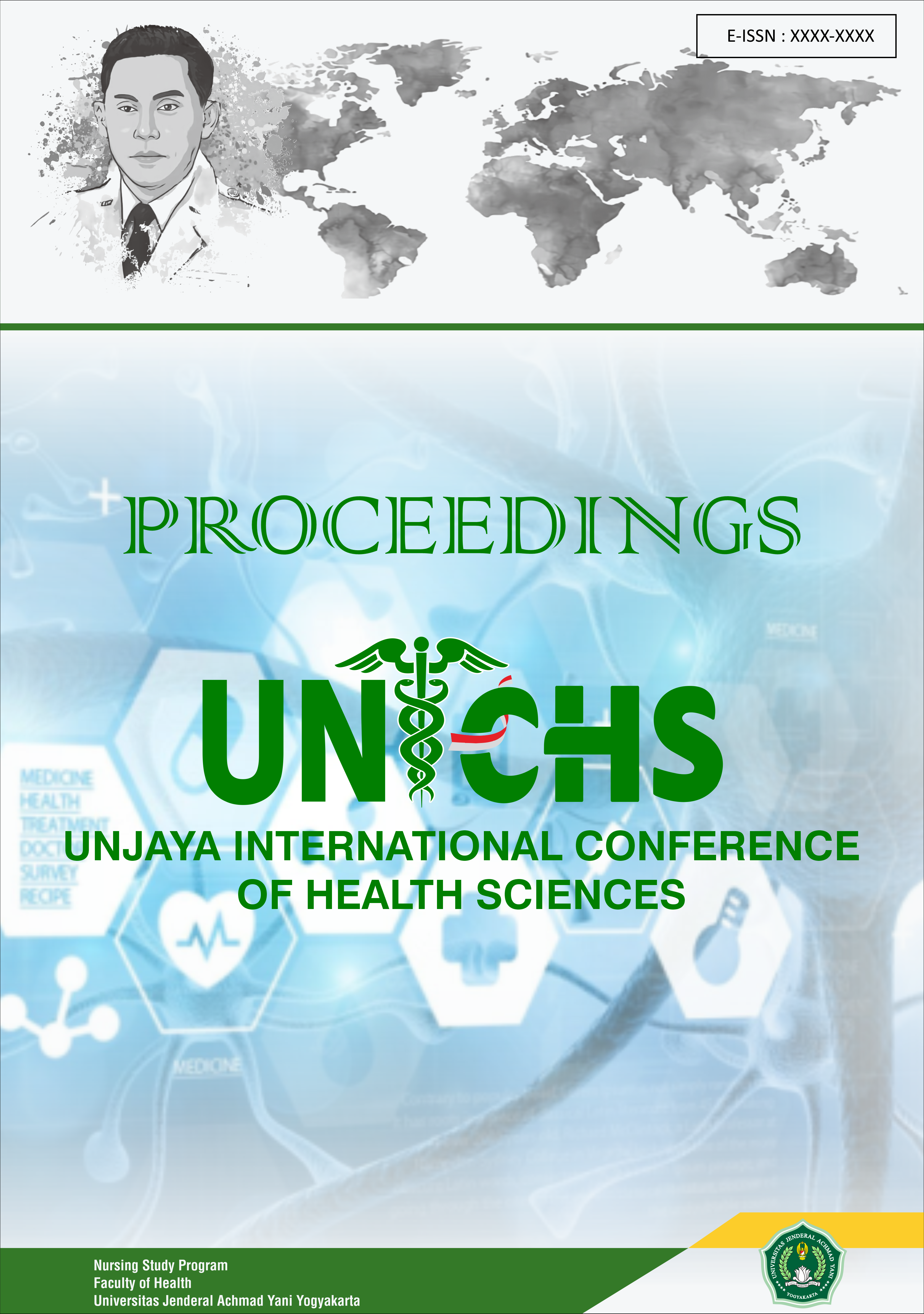Determinants of Stunting Incidence in Sukarame Village Tasikmalaya District Jawa Barat Province Indonesia
Keywords:
Determinant Factors, Stunting, Tasikmalaya, ToddlersAbstract
Background: Stunting is a disorder of children's growth and development due to chronic malnutrition and recurrent infections, which is characterized by their length or height being below standard. The prevalence of stunting in Indonesia continues to decline from 2018-2022, but the prevalence is still above the WHO prevalence. stunting is still one of the health problems in Indonesia. The incidence of stunting in toddlers is related to various factors such as sanitation and clean water, worm diseases, immunization status, smoking behavior and Chronic Energy Deficiency (CHD) in pregnant women.
Purpose: The research aims to determine the distribution of stunting in the Sukarame District, Tasikmalaya Regency, West Java Province in 2024.
Methods: This study is an analytical descriptive research. The subjects targeted in this study are mothers who have stunted toddlers in February 2024, the inclusion criteria in this study are respondents who are declared stunted and willing to be interviewed. There were 341 stunting incidents in Sukarame District.
Results: Based on the results of the study, there are several determinants of stunting in Sukarame District, namely access to healthy latrines has only reached (77.7%), there are still (12.6%) people who do not have access to proper drinking water, there are (7%) mothers of stunted toddlers who experience KEK during pregnancy and only (30%) families of children under five who have BPJS/JKN.
Conclusion: Based on research that has been conducted in Sukarame Subdistrict, Tasikmalaya Regency, there are four main factors that influence the incidence of stunting in children under five years old, namely: 1. Community access to healthy latrines, 2. Community access to proper drinking water 3. Chronic Energy Deficiency (CHD) in pregnant women, 4. BPJS National Health Insurance coverage.
References
Ashraf K, Huda TM, Ikram J, Ariff S, Sajid M, Khan GN, et al. The Effectiveness of Nutritional Interventions Implemented through Lady Health Workers on the Reduction of Stunting in Children under 5 in Pakistan: The Difference-in-Difference Analysis. Nutrients. 2024;16(13):1–14.
BPS. Statistik Indonesia. Jakarta: Badan Pusat Statistik; 2014.
Dewey KG. Reducing Stunting by improving maternal, infant and young child nutrition in regions such as South Asia: Evidence, challenges and opportunities. Matern Child Nutr. 2016;12:27–38.
Dinkes Provinsi Jawa Barat. Profil Dinas Kesehatan Provinsi Jawa Barat. 2017.
Erlyn P, Hidayat B, Fatoni A, Saksono H. Nutritional Interventions by Local Governments as an Effort to Accelerate Stunting Reduction. J Bina Praja. 2021;13(3):543–53.
Htet MK, Do TT, Wah T, Zin T, Hmone MP, Raihana S, et al. Socio-economic and agricultural factors associated with Stunting of under 5-year children: Findings from surveys in mountains, dry zone and delta regions of rural Myanmar (2016-2017). Public Health Nutr. 2023;26(8):1644–57.
Kabupaten Tasikmalaya. Keputusan Bupati Tasikmalaya Tentang Penetapan Desa Lokasi Khusus Konvergensi Intervensi Stunting Kabupaten Tasikmlaaya Tahun 2023. 2022.
Kemenkes RI. Buletin Jendela Data dan Informasi Kesehatan Situasi Balita Pendek (stunting) di Indonesia. Jakarta: Kementerian Kesehatan RI; 2018.
Kemenkes RI. Situasi Balita Pendek (stunting) di Indonesia. Jakarta: Buletin Jendela Data dan Informasi Kesehatan; 2020.
Kemenkes RI. Buku Saku Hasil Survei Status Gizi Indonesia 2022. Badan Kebijakan Pembangunan Kesehatan Kementerian Kesehatan RI; 2022.
Kemenkes RI. Hasil Utama Riskesdas 2018. Badan Penelitian dan Pengembangan Kesehatan Kementerian Kesehatan RI; 2018.
Kementerian Kesehatan. Permenkes No. 2 Tahun 2023. Kemenkes Republik Indones. 2023;(55):1–175.
Khan S, Zaheer S, Safdar NF. Determinants of Stunting, underweight and wasting among children < 5 years of age: Evidence from 2012-2013 Pakistan demographic and health survey. BMC Public Health. 2019;19(1):1–15.
Kureishy S, Khan GN, Arrif S, Ashraf K, Cespedes A, Habib MA, et al. A mixed methods study to assess the effectiveness of food-based interventions to prevent Stunting among children under-five years in Districts Thatta and Sujawal, Sindh Province, Pakistan: Study protocol. BMC Public Health [Internet]. 2017;17(1):1–6. Available from: http://dx.doi.org/10.1186/s12889-016-3976-y
Nzayirambaho M, Nsabimana A, Manirakiza V, Rutayisire PC, Njunwa K. Economic attributes and childhood Stunting in Rwanda: case study of the City of Kigali. Pan Afr Med J. 2022;42.
Pemerintah Kabupaten Tasikmalaya. D. Analisis Hasil SSGI Kabupaten Tasikmalaya. 2022.
Portal Informasi Indonesia. Empat Komitmen Indonesia untuk Air dan Sanitasi. Indonesia.go.id. 2022.
Sahiledengle B, Mwanri L, Petrucka P, Agho KE. Coexistence of Anaemia and Stunting among Children Aged 6–59 Months in Ethiopia: Findings from the Nationally Representative Cross-Sectional Study. Int J Environ Res Public Health. 2023;20(13):1–19.
World Bank. World Bank Approves Support to Expand Indonesia’s Efforts to Reduce Childhood stunting [Internet]. 2023. Available from: https://www.worldbank.org/en/news/press-release/2023/06/27/world-bank-approves-support-to-expand-indonesia-s-efforts-to-reduce-childhood-stunting#:~:text=The World Bank Board of Executive Directors on,the reduction of STUNTING among children under five.
Zaidi S, Das JK, Khan GN, Najmi R, Shah MM, Soofi SB. Food supplements to reduce Stunting in Pakistan: A process evaluation of community dynamics shaping uptake. BMC Public Health. 2020;20(1):1–11.






